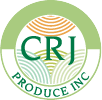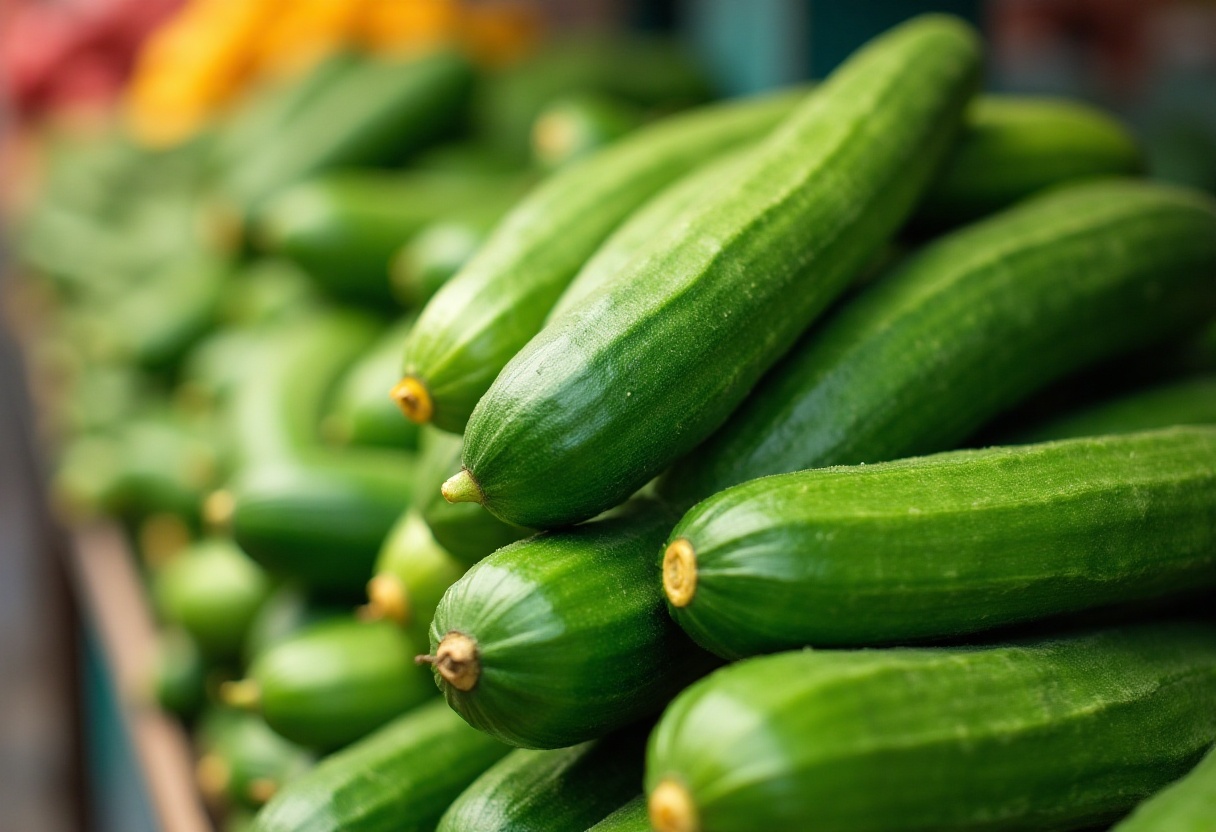The food industry is undergoing a remarkable shift as more businesses choose to source locally grown produce. What once seemed like an idealistic trend is now a smarter, more sustainable way to operate. But why should your business consider joining this movement?
Sourcing locally grown produce isn’t just about supporting nearby farmers. It’s a powerful step toward better quality, improved customer loyalty, and even long-term profitability. Whether you run a restaurant, grocery store, or catering service, the benefits of “going local” are plenty.
This blog explores how sourcing local produce impacts your quality, sustainability efforts, and your community while driving business success.
Improved Quality and Freshness
Locally sourced produce reaches your business faster and fresher. This is because it doesn’t travel thousands of miles or spend days in cold storage. Local fruits and vegetables are often harvested at peak ripeness, delivering better taste and higher nutritional value compared to products shipped from far away.
Take a restaurant, for example. Serving bright, crisp greens or juicy, flavorful tomatoes creates a fantastic experience for diners. A fresher plate doesn’t just bring customers back; it earns you a reputation for quality.
Example
For instance, a study by the University of California found some vegetables can lose up to 55% of their vitamin C content within seven days of harvest when traveling long distances. By sourcing locally, businesses ensure customers enjoy both the best taste and better nutrition.
Support for the Local Economy
When you source produce from nearby farms, you contribute directly to your local economy. Small-scale farmers benefit from a steady income, and those funds often recirculate through local businesses and services.
This creates a positive economic ripple effect for your community. Building relationships with local suppliers can also foster loyalty and trust, giving your business a unique story to share with customers.
Data Insight
According to a 2023 American Independent Business Alliance study, 48% of revenue from locally owned retail businesses stays within the community compared to just 14% from national chains. Your choice to prioritize local suppliers helps sustain the backbone of your economy.
Sustainability That Resonates
Sourcing locally grown produce aligns your business with sustainability initiatives that are important to modern consumers. Transporting goods over long distances generates significant carbon emissions due to fuel consumption and refrigeration requirements.
Locally sourced produce, on the other hand, requires shorter transit times and lower energy levels for storage and transportation. By reducing your “food miles,” your business contributes to a smaller carbon footprint, which resonates with environmentally conscious consumers.
Example Action
Restaurants that highlight locally sourced ingredients on menus often leverage this step as a sustainability pillar in their marketing campaigns, attracting eco-savvy diners. Imagine a burger spot proudly featuring “local farm-fresh greens” to set itself apart from mass-market chain eateries.
Building a Unique Selling Point
Local sourcing adds an authentic story to the products you offer, making your business more relatable and memorable. Sharing this story through social media, in-store displays, or even staff conversations enhances the perceived value of your offerings.
Your customers care about where their food comes from. By sourcing locally and sharing the details behind it, you give them reason to choose your business over the competition.
Example Marketing Angle
A bakery, for example, could share an Instagram photo showcasing its partnership with a nearby orchard for fresh apples used in signature pies. Tagging the farm and adding a personal note about the collaboration builds emotional engagement with customers.
Navigating Challenges
While sourcing locally has numerous benefits, it’s important to address potential challenges. Local supply chains can be more seasonal, requiring careful planning and adaptation to ensure a steady product flow year-round.
Pro Tip
Diversify relationships with multiple farmers to build a reliable network. During the offseason, source complementary products that still align with your business priorities, such as regionally produced jams or pickled vegetables to substitute fresh varieties.
Taking Action Toward Local Sourcing
The advantages of sourcing locally grown produce go beyond immediate returns. It’s a strategic business move that enhances quality, strengthens relationships with the community, and champions sustainability efforts.
If your business hasn’t yet fully explored local sourcing options, now is the time. Start small. Visit local farmers’ markets, connect with nearby producers, and evaluate where local sourcing fits into your supply chain.
Start Innovating With Fresh Flavors Today
It’s time to think beyond the garnish! Bring these ideas into your kitchen and see how Persian cucumbers can push boundaries and elevate customer experiences. From chilled gazpachos to stunning carpaccios, each dish offers you an opportunity to impress.






